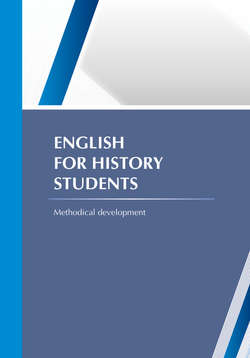Читать книгу English for history students - Karlygash Aisultanova - Страница 7
На сайте Литреса книга снята с продажи.
TAMGALY-TAS
ОглавлениеTamgaly-Tas is located near the river Ili in 120 km. to the North from Almaty on the way to Bakanas.
Tamgaly-Tas is translated from Kazakh «stones with signs» or «images (petroglyphs) on the stones», and in public they are more known as «written rocks». On the right shore of the river Ili there about 1000 of different rock paintings that date from the late Middle Ages. They are petroglyphs , images of idols, Buddhist notes, among which the most interesting paintings are three Buddhist idols. Under the drawings the sacred text in Sanskrit, dating from the XII century is carved: «Om mane padmehum» («snow jewel in the lotus» or «Blessed be the born from a lotus»). The inscriptions on the rocks are on the Tibetan and Kalmyk languages.
There is a legend that in X century, when one of the Buddhist missions stopped on the river bank Ili during the march to Semirechye, there was an earthquake and a large rock piece fell on the earth. This incident was considered as a sign of necessary return to India. They cut three images of Buddha on the rock piece. One can see other pictures of Buddha on the adjoining rocks.
According to another legend the inscriptions were written by the Kalmyks in «todorkhoy nomyn bichig» («clear literary script»), that was created by Zaya Pandita Ogtorguyna in 1648 and was used more than three centuries by the Mongols, who carved the images of Buddha.
The Issyk kurgan, in south-eastern Kazakhstan, less than 20 km east from the Talgar alluvial fan, near Issyk, is a burial mound discovered in 1969. It has a height of six meters and a circumference of sixty meters. It is dated to the 4th or 3rd century BC. A notable item is a silver cup bearing an inscription. The finds are on display in Astana.
Essential Vocabulary
Tasks:
1. Read the text «Tamgaly-Tas». Write and memorize unknown words and word combinations.
2. Translate the text into Russian.
Answer the following questions:
1. Where is Tamgaly-Tas located?
2. What does Tamgaly-tas mean?
3. What languages are used on the rocks?
4. When was the Issyk Kurgan discovered?
5. What finding has become a symbol of modern Kazakhstan?
